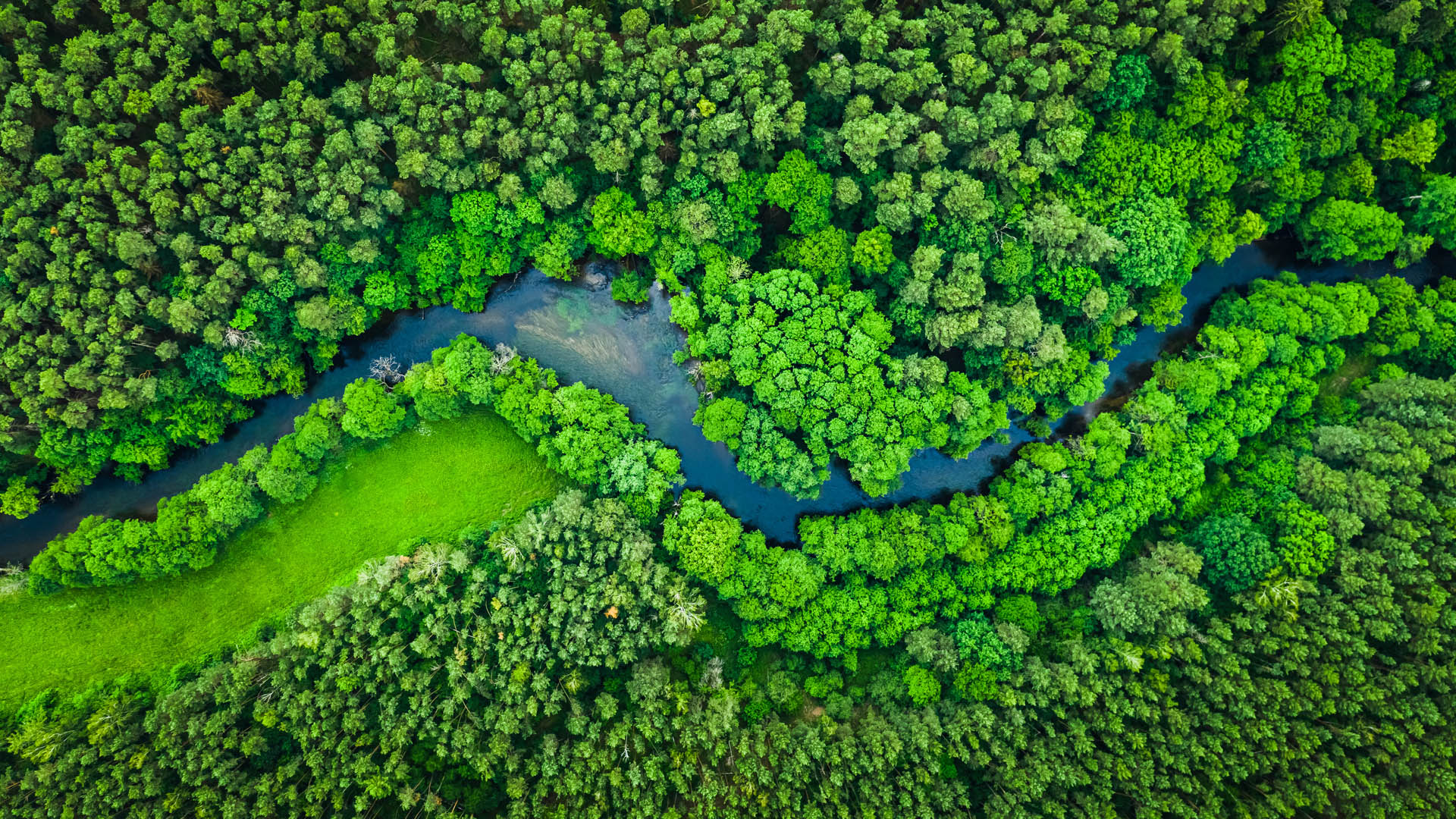
New methods for biodiversity monitoring in Europe's rivers
UDE coordinates international 2-million-EUR-project
- von Astrid Bergmeister
- 01.03.2024
New methods for biodiversity monitoring are a prerequisite for recognising changes at an early stage and thus protecting nature more effectively. This applies in particular to river ecosystems. The research project "DNAquaIMG: Innovative transnational aquatic biodiversity monitoring" uses high-throughput genetic analyses and automatic image recognition to improve the monitoring of biodiversity in rivers. The inter- and transdisciplinary project of the working group led by
Prof. Florian Leese of the University of Duisburg-Essen contributes to a better understanding of biodiversity change in Europe and provides new impetus with its international appeal.
Biodiversity change in Europe is becoming increasingly evident. Against this background, the research project "DNAquaIMG: Innovative transnational aquatic biodiversity monitoring" opens up a new perspective: the inter- and transdisciplinary project aims to better understand the profound biodiversity change in Europe in its complexity and to monitor it more systematically. Project leader Prof. Dr Florian Leese from the University of Duisburg-Essen (UDE) will bring together the leading international expertise in the development and implementation of high-throughput molecular and automated image recognition methods for monitoring biodiversity in Europe's rivers in the international consortium with 14 partners from eleven European countries. The combination of the two complementary approaches offers advantages for the assessment of biodiversity in the context of ecosystem degradation and restoration: As with DNA fingerprinting in forensics, genetic methods enable more accurate detection and description of biodiversity, even for microscopic organisms. This accuracy is often not possible with automatic image recognition, but it can provide very reliable data on the abundance, size and biomass of species. In combination, these complementary approaches of DNA fingerprinting and automatic image recognition offer the opportunity to significantly expand biodiversity data from environmental samples. The scientists of the international research project plan to largely automate both approaches and provide so-called 'FAIR data' on biodiversity, i.e. findable, accessible, interoperable and reusable data.
In order to utilise the possibilities of the new methods for European biodiversity monitoring, the scientists will strive for implementation in the context of the existing and proven monitoring of water bodies within the framework of the European Water Framework Directive (2000/60/EC). The Water Framework Directive provides the context for routine biomonitoring of rivers. DNAquaIMG aims to comprehensively analyse with the novel tools how changes in species communities are related to functional diversity and ecological status class. Therefore it is necessary to determine the organisms down to the species level in order to obtain indications of biodiversity changes. However, this procedure has so far only been carried out in a few countries. Although this enables biomonitoring that provides an insight into the ecological status of a region, comprehensive data such as that from this project is required for genuine biodiversity monitoring at species level. Prof Dr Florian Leese explains: "Invertebrates and diatoms are the most frequently studied indicator groups under the Water Framework Directive. Together with colleagues from authorities and water associations in eight countries, we will take samples of these and examine how the new methods can be integrated into routine operations and demonstrate the scientific added value of the new data for European biodiversity monitoring."
The research project focusses on identifying new targets for biodiversity indicators in this way. Based on the project results, the scientists plan to develop a strategy for improved transnational monitoring of biodiversity and ecosystem change to support the implementation of the European Green Deal, in particular the European Biodiversity Strategy, and the Kunming-Montreal Global Biodiversity Framework.
Publication:
https://www.biodiversa.eu/2022/10/07/2022-2023-joint-call
Further information:
Prof. Dr Florian Leese, Aquatic Ecosystem Research, florian.leese@uni-due.de, Tel. +49 201/18 3-4053
https://www.biodiversa.eu/2022/10/07/2022-2023-joint-call/
The project has a total volume of around 2.0 million euros and involves partner institutions from 11 countries.
Editor: Astrid Bergmeister, Press Department, phone: +49 203/37 9-2430, astrid.bergmeister@uni-due.de
